July 25/26 Weekend – GOLDWATER MURALISTS’ OTHER WORKS


THIS IS THE 114th ISSUE OF
FROM THE ARCHIVES
JULY 25-26, 2020 WEEKEND EDITION
THE GOLDWATER
MURALISTS’
OTHER WORKS
ILYA BOLOTOWSKY

Th Bolotowsky mural while it was at Goldwater before removal and restoration.

In the Barber Shop, 1934
Ilya Bolotowsky
Oil on canvas, Smithsonian American Art Museum, Transfer from the U.S. Department of Labor, 1964.1.79 Brilliant reds, blues, and greens illuminate this ordinary New York barbershop.
Ilya Bolotowsky, who made this painting for the Public Works of Art Project, a pilot program of government support for artists, expressed the challenge “to show a typical average drab barbershop and at the same time get a decorative effect through color.” Ordinary details come to life with vivid hues: the barber using a straight razor to shave the man in the chair, the red cash register ready to ring up the bill, the spittoon sitting on the floor, and rows of bottles reflected repeatedly in “the endless corridor of two oppositely situated mirrors.”
A Russian immigrant himself, Bolotowsky enticed fellow immigrants to pose for him, including all four people pictured here, carefully selected by the artist. For him, people from around the world gathered in a New York barbershop embodied the American scene.

Ilya Bolotowsky, Cane Press, Untitled, from the portfolio American Abstract Artists, 1937, offset lithograph on paper, Smithsonian American Art Museum, Gift of Patricia and Phillip Frost, 1986.92.114.4Ilya Bolotowsky, Cane Press.

Ilya Bolotowsky, Architectural Variation, 1949, oil on canvas, Smithsonian American Art Museum, Gift of Patricia and Phillip Frost, 1986.92.4

Williamsburg Murals
The exceptional murals installed in this area, executed by the pioneer American abstractionists Ilya Bolotowsky, Balcomb Greene, Paul Kelpe, and Albert Swinden, were commissioned by the Works Progress Administration/Federal Art Project in 1936 for Brooklyn’s Williamsburg Houses, one of the earliest and best public housing projects in New York City. Designed by pioneering modernist architect William Lescaze, the four-story houses included basement community rooms decorated with murals in “abstract and stimulating patterns” designed to aid relaxation.
Burgoyne Diller, the New York head of the Mural Division, recruited younger, innovative artists for the project, reiterating Lescaze’s viewpoint that standard realist subject matter, which celebrated productivity, would not be a source of relaxation for waterfront and factory workers. While the prevailing subject matter in American art—and especially WPA-funded works—centered on narrative scenes of American life, these murals were virtually unique, in that they were the first non-objective public murals in the United States, containing no recognizable figures, symbols, or objects.
Fortunately, though the murals suffered from neglect over the years, they were rediscovered in the late 1980s under layers of paint. After a painstaking restoration, they were returned to public view at the Brooklyn Museum, on long-term loan from the New York City Housing Authority.

Ilya Bolotowsky, Main Entrance Lobby Mural, 1975, synthetic polymer: acrylic on paper, Smithsonian American Art Museum, Transfer from the General Services Administration, Art-in-Architecture Program, 1977.47.40.

The Swinden mural at its new home in Tata Innovation Center at Cornell Tech.
ALBERT SWINDEN

Albert Swinden, Untitled, from the portfolio American Abstract Artists, 1937, offset lithograph on paper, Smithsonian American Art Museum, Gift of Patricia and Phillip Frost, 1986.92.114.28

Albert Swinden, Untitled (Abstraction), 1945, gouache on paper, Smithsonian American Art Museum, Gift of Alice Swinden Carter, 1988.90.1

Albert Swinden, Untitled, from the portfolio American Abstract Artists, 1937, offset lithograph on paper, Smithsonian American Art Museum, Gift of Patricia and Phillip Frost, 1986.92.114.28
JOSEPH RUGOLO

FISHERMAN’S BAY
The Rugolo mural after restoration. It will be installed at Cornell Tech at a future date.

Joseph Rugolo, Mural of Sports
ca. 1937-1938, oil on linen, Smithsonian American Art Museum, Transfer from the Newark Museum, 1966.31.16

DANE CHANASE
Dane Chanase at work at Goldwater. The mural featuring musical instruments was never located and was lost.

He was born in Palermo, Italy. He exhibited at the Salon d’Automne. He served in World War I. He married artist Sheva Ausubel (1896–1957). He was a member of the Federal Art Project. He created a mural for the School of Industrial Art, Brooklyn.
His work is held by the Smithsonian American Art Museum.
His papers are held at the Archives of American Art.
SUPPORT THE R.I.H.S.
WE ARE OPEN EVERY SATURDAY AND SUNDAY
DO YOUR GIFT SHOPPING WITH US!!

WEEKEND PHOTO
IDENTIFY IT
SEND YOUR ENTRY TO: ROOSEVELTISLANDHISTORY@GMAIL.COM

FRIDAY IMAGE OF THE DAY
PLINTH WHERE LAMP-POST WAS SITUATED
AT CORNER OF SECOND AVENUE AND 60 ST.
JAY JACOBSON AND ALEXIS VILLEFANE WINNERS
EDITORIAL
I have not written about our friends at Coler for a few weeks. The good news is that the nursing home is free of Covid-19 cases. All residents and staff are tested every week. The special hospital unit that treated
Covid-19 patients is officially closing at the end of the month. It will be ready to re-open if there is a need.
Many organizations have supported the staff and residents. The other day when I was at Coler six giant gift baskets were sent for the staff and residents from a consulate of a foreign nation. The staff and residents have benefited from many corporations and organizations that have realized that our long term care facilities need ongoing support.
As head of the Coler Auxiliary, we are re-evaluating our work this year since much funding cannot be used for original purposes and will be spent of activities and needs that are in-line with the continued limitations.
I wish I could say that there are visitors at Coler. Visitors are not permitted at any nursing home. Coler is in the same situation as every nursing home in New York City. If there are no Covid positive tests in 28 consecutive days visiting can resume on very tight regulations. Coler is no different from the fanciest private home. The three pages of rules apply to all. To see the rules see:
https://coronavirus.health.ny.gov/system/files/documents/2020/07/health-advisory_nursing-home-visitation_final-7.pdf
Some of our neighbors continue to antagonize the administration of Coler. It is time to support Coler and stop rubbing salt in old wounds. We must go beyond what happened to every nursing home in New York and make Coler a better home for all New Yorkers who need the care and dedication of the staff.
Judith Berdy


Funding Provided by:
Roosevelt Island Operating Corporation Public Purpose Funds
Council Member Ben Kallos City Council Discretionary Funds thru DYCD
Text by Judith Berdy
Thanks to Bobbie Slonevsky for her dedication to Blackwell’s Almanac and the RIHS
Thanks to Deborah Dorff for maintaining our website
Edited by Melanie Colter and Deborah Dorff
ALL PHOTOS COPYRIGHT RIHS. 2020 (C)
PHOTOS IN THIS ISSUE (C) JUDITH BERDY RIHS
PHOTOS CREDITS:
SMITHSONIAN INSTITUTION MUSEUM OF AMERICAN ART (C)
BROOKLYN MUSEUM (C)
NYC HEALTH AND HOSPITALS (C)
Copyright © 2020 Roosevelt Island Historical Society, All rights reserved.Our mailing address is:
rooseveltislandhistory@gmail.com

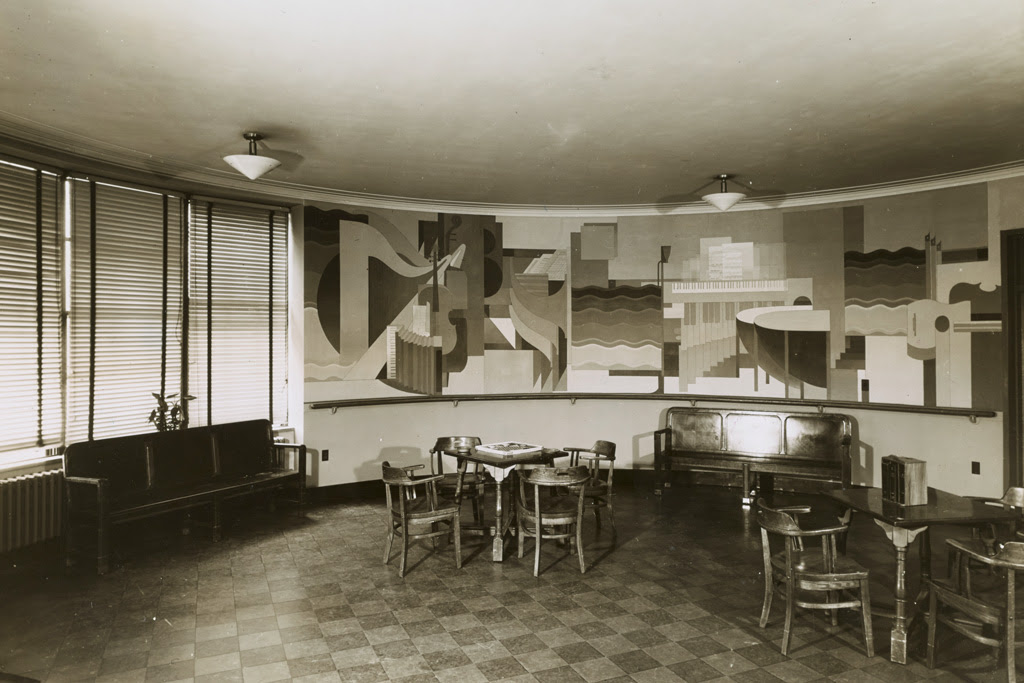
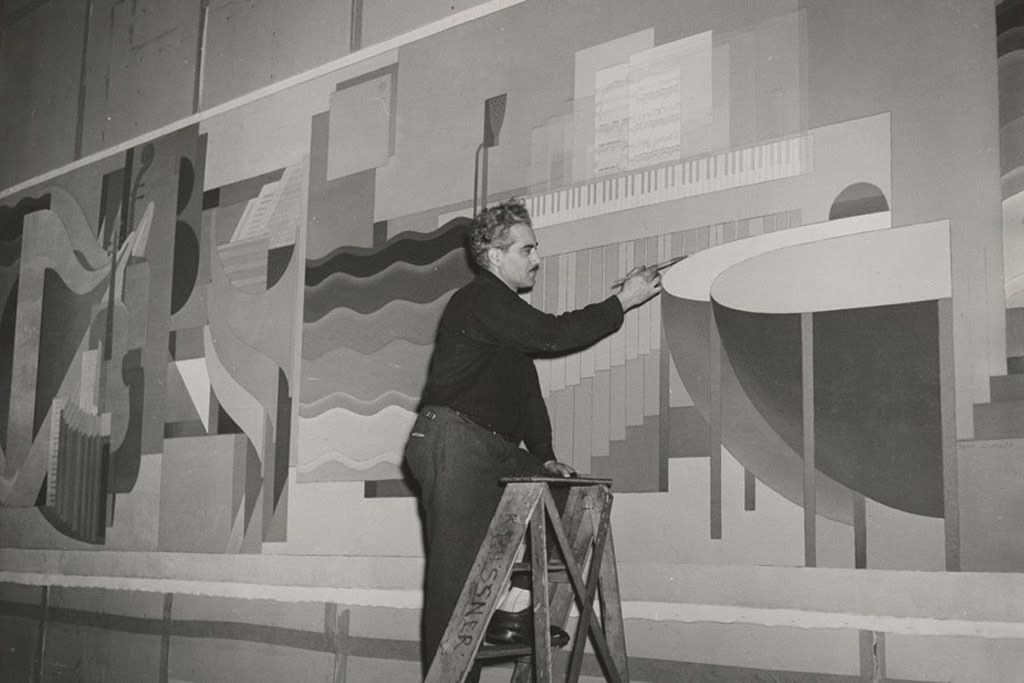
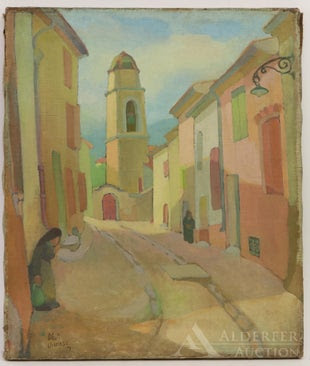
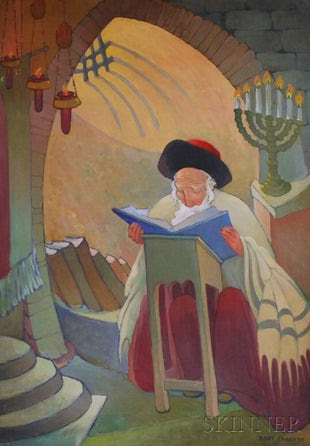
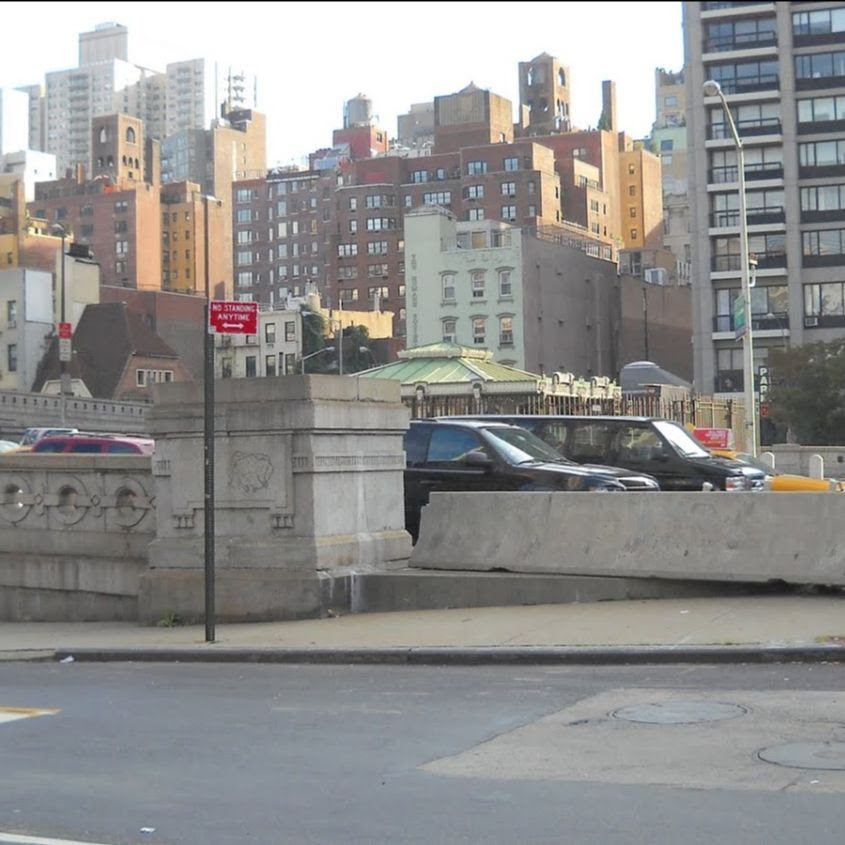
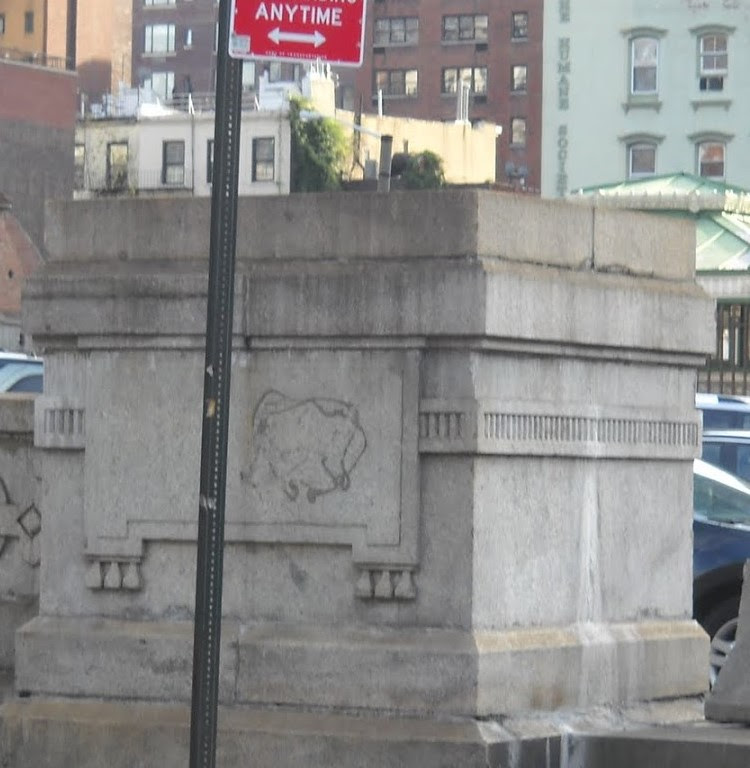
Leave a comment